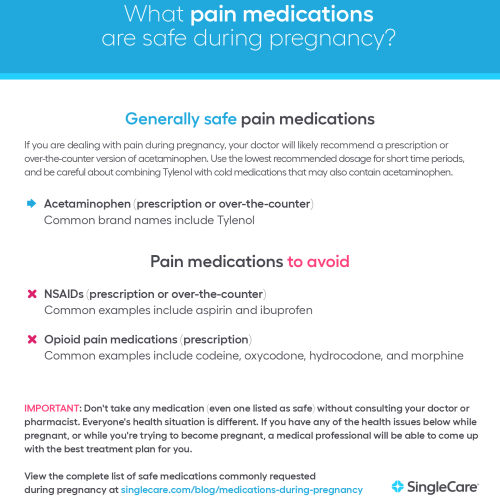Period cramps, also known as dysmenorrhea, are experienced by many women during their menstrual cycle. These cramps occur due to the contractions of the uterus, which helps shed its lining. These contractions are stimulated by chemicals called prostaglandins, which are released in higher quantities during menstruation.
The pain experienced during period cramps can vary in intensity among individuals. Some may only feel mild discomfort, while others may experience severe pain that interferes with daily activities. The severity of the pain can be influenced by factors such as hormonal imbalances, stress levels, and underlying medical conditions.
Prostaglandins play a significant role in the pain experienced during period cramps. They cause the muscles of the uterus to contract, leading to reduced blood flow and oxygen supply to the uterus. This lack of oxygen triggers pain sensations. Prostaglandins can also affect nearby organs, causing symptoms like nausea, diarrhea, and headaches.
In addition to prostaglandins, other factors can contribute to the intensity of period cramps. These include excessive production of leukotrienes, another type of chemical mediator that promotes inflammation and pain. Additionally, an overactive nervous system can heighten the perception of pain, making it seem more intense than it actually is.
The severity of period cramps can be reduced through various methods. Over-the-counter pain relievers, such as nonsteroidal anti-inflammatory drugs (NSAIDs), can help relieve pain by reducing the production of prostaglandins. Heat therapy, such as using a heating pad or taking warm baths, can also provide comfort and relaxation to the muscles.
Engaging in regular exercise and maintaining a healthy lifestyle can also help manage period pain. Some studies suggest that exercise can reduce the severity and duration of cramps by increasing blood flow and releasing endorphins, natural pain-relieving hormones.
Overall, period cramps can be incredibly painful due to the contractions of the uterus stimulated by prostaglandins. Understanding the mechanisms behind these cramps and implementing appropriate pain management strategies can greatly alleviate the discomfort experienced during menstruation.
Why does my period make my lower back hurt?
For some people, severe lower back pain is a frequent symptom. This may be related to increased inflammation during menstruation. In one study , researchers found that women with higher inflammatory markers during their period were more likely to experience abdominal cramping and back pain.
How do you explain period cramps to a man?
But let’s give it a try: It’s almost like someone is holding and squeezing your organs from the inside. The pain can vary greatly, but it’s common to experience a sensation of the uterus contracting, accompanied by shooting pains or a dull ache.
Why does my lower back hurt on my period?
What Causes Low Back Pain During Menstruation? Low back pain during menstruation is typically muscular in nature and thought to be caused by hormone changes. Prostaglandins (hormones released during a menstrual cycle to promote uterine contraction to shed the uterine lining) can affect the lower back muscles.May 4, 2016
Why are my periods so excruciatingly painful?
Problems with the uterus, fallopian tubes, and other reproductive organs—Certain defects that a woman is born with can result in pain during menstruation. Other conditions—Some medical conditions can flare up during a period and cause pain. These conditions include Crohn’s disease and urinary disorders.
What does an Ayurvedic doctor do?
Ayurvedic doctors and practitioners use theories and techniques developed thousands of years ago in India to bring people into physical, mental, emotional, and spiritual balance, thereby maintaining health, curing diseases, and promoting happiness and fulfillment.
What does an Ayurvedic physician do?
Ayurvedic Doctors understand disease from an Ayurvedic perspective, while possessing a working knowledge of Western medical pathology, pharmacology, diagnostic reports, and treatments, in order to interface with the Western medical community and modify the Ayurvedic management of cases accordingly.
What is the 8 point diagnosis in Ayurveda?
The clinical examination consists of Astha Sthana Pariksha (8-point diagnosis: pulse-diagnosis, urine, stool, tongue, voice and body sound, eye, skin, and total body appearance examinations) and examination of the digestive system and the patient’s physical strength.
How do Ayurvedic doctors diagnose?
The exhaustive examination helps the Ayurvedic practitioner not only diagnose the disorder, but individualize or tailor treatments for each patient. To make a diagnosis, the Ayurvedic practitioner uses a method called rogi-roga pareeksha, which combines disease analysis with deep examination of each individual.



